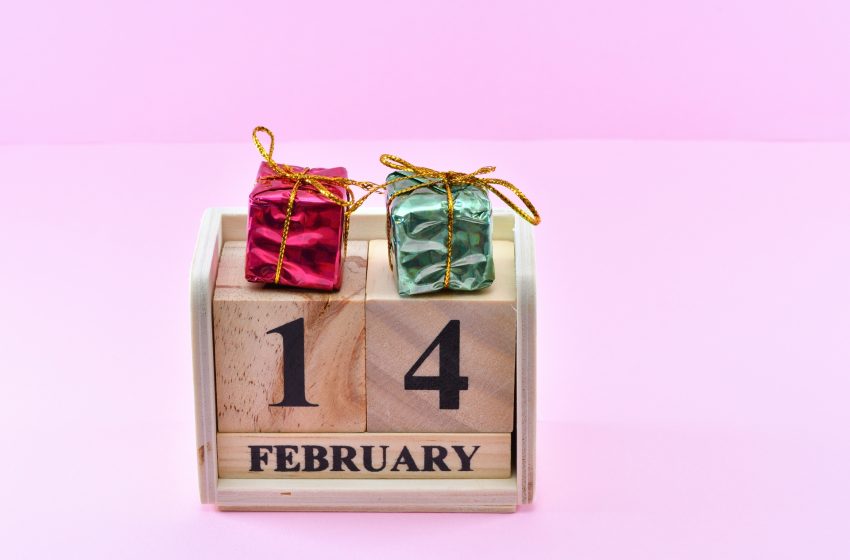
Valentine’s Day in Japan: A Unique Blend of Tradition and Chocolate
Hello, global wanderers and culture enthusiasts! Today, we’re diving into the sweet and surprising world of Valentine’s Day in Japan. While February 14th is recognized worldwide as a day of love and romance, Japan has put its unique spin on this celebration. Unlike the West, where the day typically involves mutual exchanges of gifts and gestures between lovers, the Japanese Valentine’s Day has a distinctive tradition that sets it apart. Let’s explore how Valentine’s Day is celebrated in the Land of the Rising Sun and how it differs from its Western counterparts like the United States.
The Tradition of Giving Chocolate
In Japan, Valentine’s Day is predominantly about women giving chocolates to men. This tradition started in the mid-20th century, influenced by Western customs and clever marketing campaigns. The act of giving chocolates has evolved into various forms, each carrying different meanings:
- Honmei-choco (True Feeling Chocolate): These are special chocolates given to a boyfriend, lover, or husband to express true love. Women often go to great lengths to prepare homemade chocolates as they believe it adds a personal touch that enhances the expression of their affection.
- Giri-choco (Obligation Chocolate): These chocolates are given out of social obligation to male friends, colleagues, bosses, and close male family members. The practice is meant to show appreciation or platonic friendship, and the chocolates are typically store-bought and less expensive.
- Tomo-choco (Friend Chocolate): A more recent trend is women giving chocolates to their female friends. This is a way to celebrate friendship and can be quite elaborate and creative.
White Day: The Other Side of Valentine’s
One of the unique aspects of Valentine’s Day in Japan is the follow-up celebration known as “White Day” on March 14th. On this day, men who received chocolates on Valentine’s Day are expected to return the favor by giving gifts to the women. Traditionally, these gifts should be worth two to three times the value of the Valentine’s chocolate and are often white-themed, including white chocolate, marshmallows, or even jewelry and other tokens of affection.
Valentine’s Day vs. Western Traditions
While the United States and many other countries see Valentine’s Day as a mutual exchange of cards, flowers, and gifts between lovers, Japan’s one-sided giving from women to men is the most significant difference. The clear distinction between honmei-choco and giri-choco also adds a layer of complexity and social nuance to the Japanese Valentine’s tradition. In recent years, however, there’s been a growing trend of men also giving gifts on Valentine’s Day itself, and the holiday is increasingly about celebrating love in all forms, including self-love and friendship.
Commercial Impact and Creativity
Valentine’s Day in Japan is a significant event for the confectionery industry, with innovative and luxurious chocolates appearing in stores weeks before. From beautifully crafted artisanal pieces to unique flavors, the variety is astounding. Department stores and chocolate shops become crowded with people searching for the perfect chocolates to express their feelings.
Conclusion: A Day of Love, Japanese Style
Valentine’s Day in Japan is a fascinating blend of Western influence and local cultural practices. It’s a day that has been creatively adapted to fit the societal norms and expectations of Japan, resulting in a unique celebration that’s both charming and complex. Whether you’re in Japan during this sweet season or just learning about its customs from afar, the Japanese take on Valentine’s Day is a delightful example of how love can be celebrated in myriad ways across different cultures.
So, here’s to love, chocolate, and the myriad ways we express our affection across the globe. Happy Valentine’s Day, or as they say in Japan, “Happy Valentine”!


